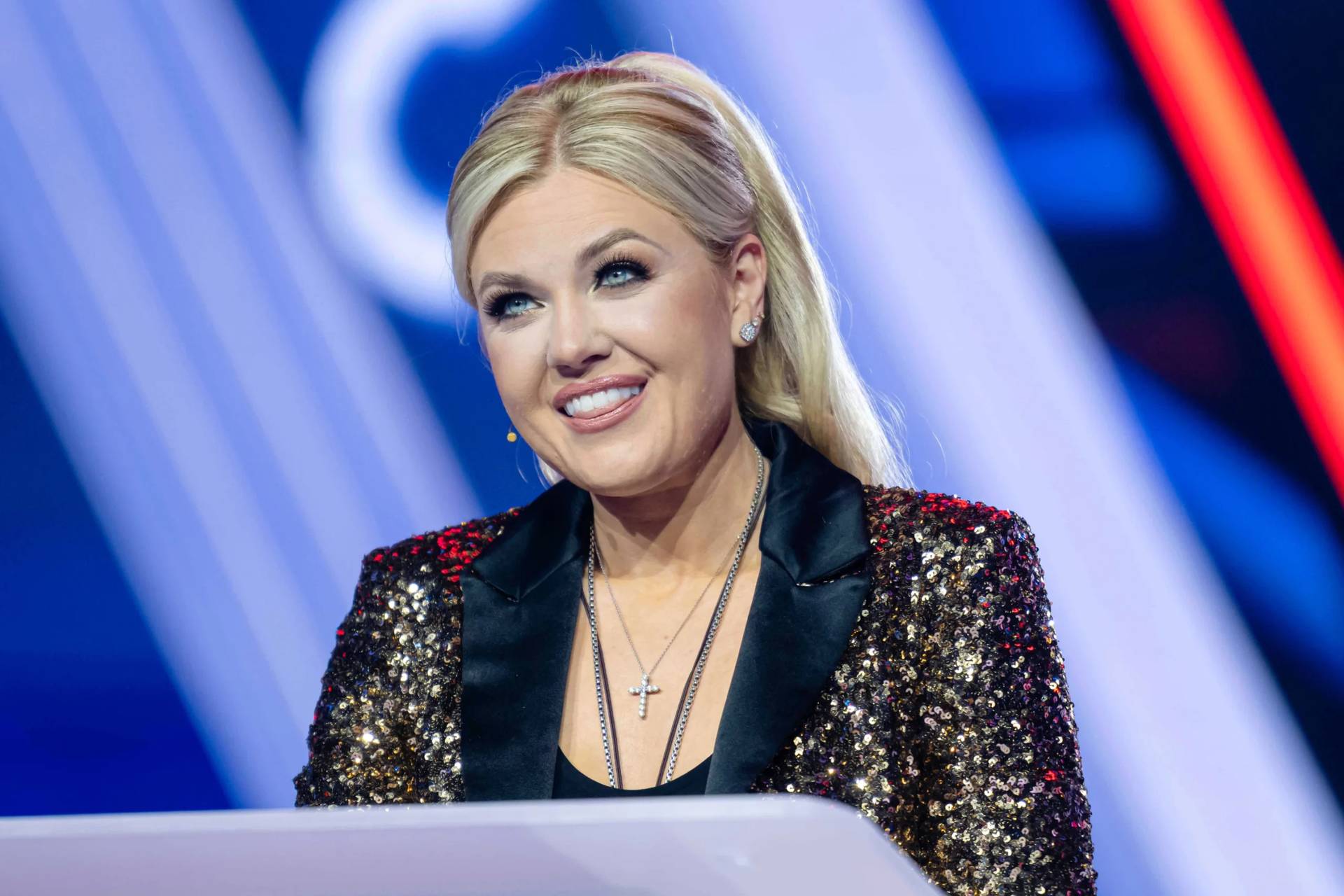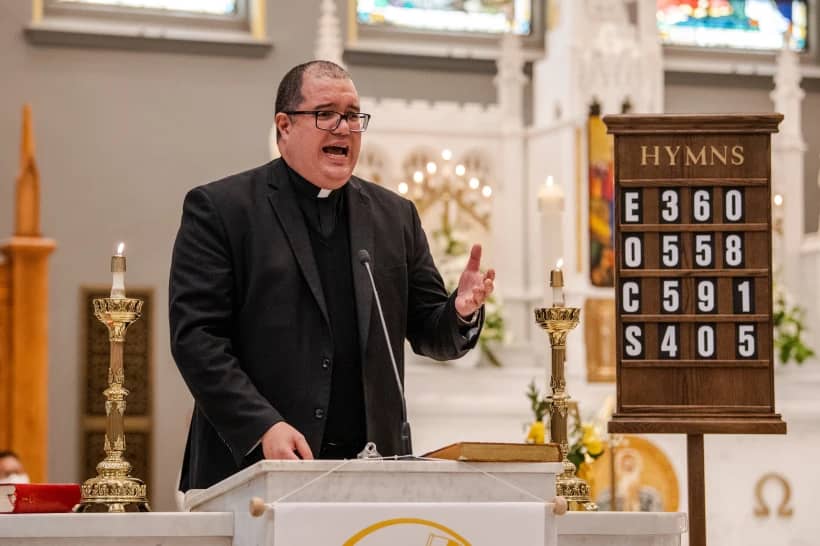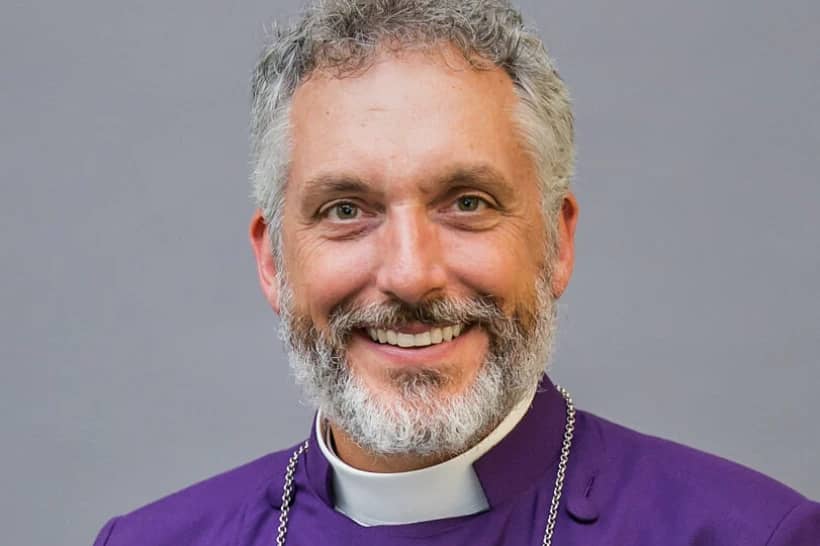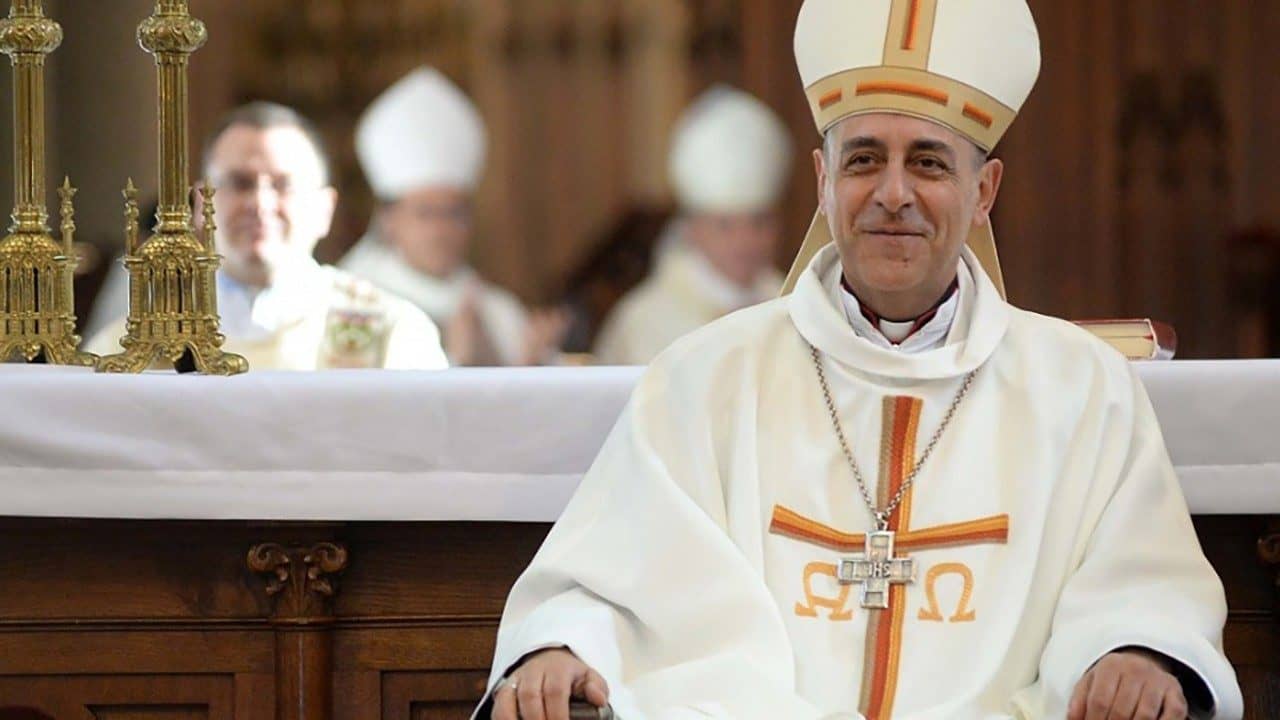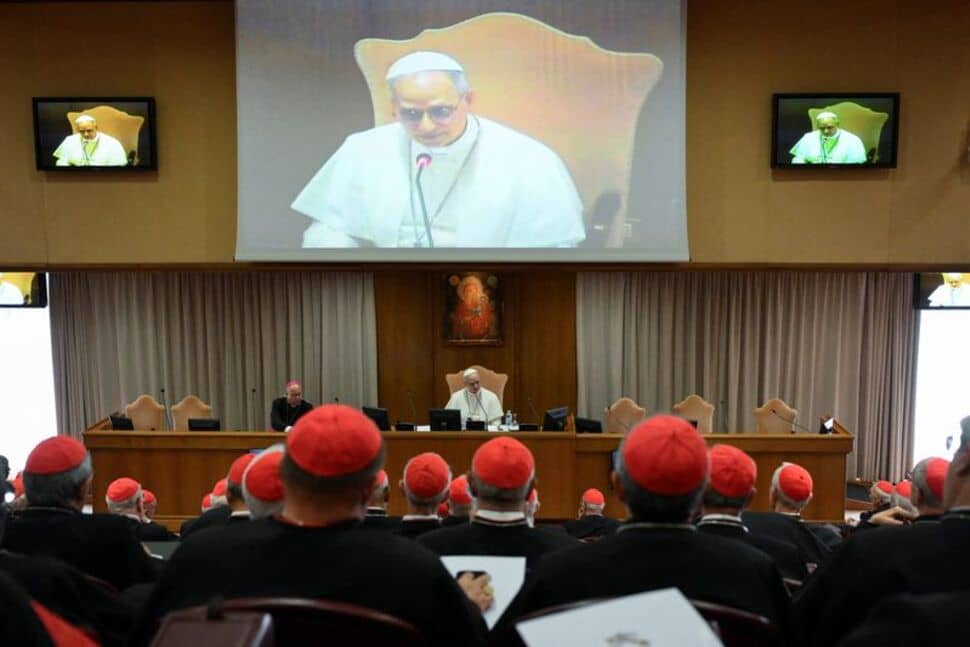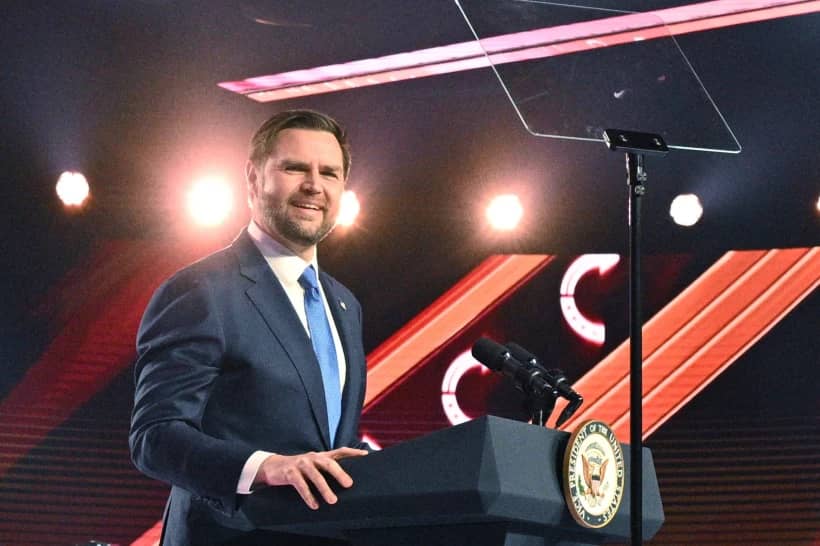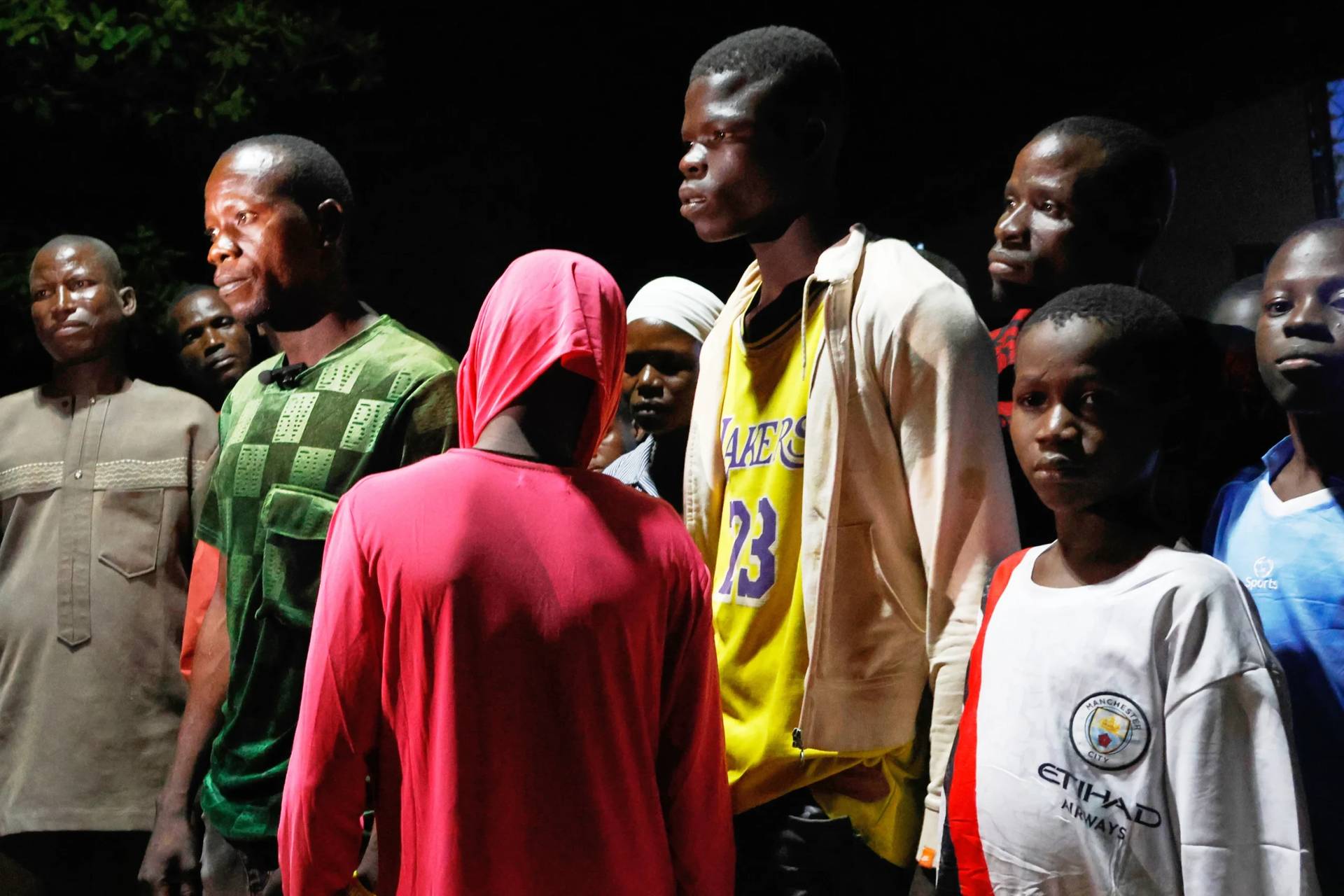ROME – When the cardinals decided to elect history’s first pope from Latin America in 2013, it was probably baked into the cake that the new pontiff would be a bit ambivalent about the United States. Given the checkered history of American involvement in the region, many prelates from south of the border harbor a love/hate relationship with the States.
Among other things, one can detect Francis’s mixed feelings in the naming of new cardinals.
Pope Benedict XVI was legendarily pro-American, a great admirer of Tocqueville and the American version of church/state separation. His enthusiasm was reflected in his distribution of red hats, naming nine Americans in just five consistories over eight years.
His American nominations were:
- William Levada
- Sean O’Malley
- John Foley
- Daniel DiNardo
- Raymond Burke
- Donald Wuerl
- Edwin O’Brien
- Timothy Dolan
- James Harvey
By way of contrast, Francis now has held eight consistories over almost ten years, and has elevated only five Americans:
- Blase Cupich
- Kevin Farrell
- Joseph Tobin
- Wilton Gregory
- Robert McElroy
Some of that, of course, is part of a broader pattern under Francis of bypassing established centers of power in favor of naming new cardinals for the peripheries. It’s not just Americans who’ve been overlooked – in Italy, the traditional red hat sees of Milan, Genoa and Turin are all currently led by archbishops rather than cardinals.
Yet by naming Robert Prevost the new prefect of the Vatican’s Dicastery for Bishops Jan. 30, Francis likely has positioned the 67-year-old as his sixth American cardinal whenever he next decides to host a consistory.
He’s not obligated to elevate Prevost, but even for the decidedly non-traditional Francis, it probably would be a bit odd for the official in charge of bishops not to be a cardinal – the dicastery has been led by a cardinal uninterruptedly since the early 19th century, and prior to that it was mostly run by cardinals even though the de jure head of the dicastery was the pope himself.
In any event, tapping an American to run the Vatican’s “bishop factory” certainly belies impressions that the pontiff is uniformly hostile to prelates from the United States.
As a result, we now have a large enough sample size that we can sketch a profile of the kind of American who appeals to this pope.
To begin with the most obvious point, Francis clearly prefers Americans drawn from what one might loosely call the “liberal” or “progressive” wing of the church – the Cardinal Joseph Bernardin school of American Catholicism, so to speak, rather than the John O’Connor, Bernard Law and Francis George axis which dominated during the John Paul/Benedict years.
Gregory, who’s from the South Side of Chicago, served as an auxiliary bishop under Bernardin from 1983 to 1993, and Prevost is also a Chicagoan who came of age in the church in the Bernardin era. Cupich now holds Bernardin’s post in Chicago, while McElroy is a protégé of the late Archbishop John Quinn in San Francisco, a key Bernardin ally who once succeeded Bernardin as president of the US bishops’ conference.
Even for those without a direct link to Bernardin, Francis’s American cardinals nonetheless reflect a revival of his legacy.
Second, Francis clearly likes his Americans to have some international seasoning, especially in a missionary context.
Prevost has spent the last eight years as a missionary bishop in Peru. Farrell is Irish-born, even if he identifies as an American; McElory, as the bishop of San Diego, literally stands at the border between the US and Latin America; Tobin spent 13 years as superior of the Redemptorists, living in Rome and visiting his order’s missions all over the world; Cupich is the son of Croatian immigrants who speaks six languages; Gregory studied in Rome at the Pontifical Atheneum of St. Anselm.
Once upon a time, Italian church-watchers said of Cardinal Sean O’Malley of Boston that he was il meno americano tra gli americani, “the least American of the Americans,” because of his brown Capuchin habit and beard that reminds Italians of Padre Pio, not to mention his fluent Spanish and Portuguese.
Obviously, that idea of americani meno americani, “less American Americans,” appeals to Francis, in the sense of seeking US prelates who understand that the 67 million Catholics in the country represent just six percent of the global Catholic population, and therefore that American instincts and priorities can’t always prevail in a global church.
Third, Francis, himself a Jesuit, also seems to award bonus points to American prelates who are either members of religious orders, or who at least have some experience of religious life.
Tobin and Prevost are former superiors of religious orders, while Farrell was a member of the Legion of Christ early in his career. Gregory got a taste of Benedictine life at the Sant’Anselmo, as did Cupich at Nebraska’s Mount Michael Benedictine Abbey and High School. McElory, meanwhile, is virtually an honorary Jesuit, holding degrees from both the University of Santa Clara and the Gregorian University in Rome and writing regularly for the Jesuit-edited America magazine.
Presumably, a pope devoted to the idea of “synodality,” meaning making decisions on the basis of wide consultation, believes that some experience of religious life is helpful in promoting a consultative approach to governance.
Bottom line: a “Pope Francis American” is progressive in politics, global in outlook and religious in formation. If you’re looking for the next American to prosper under this pope, that’s probably not a bad check-list to employ.







